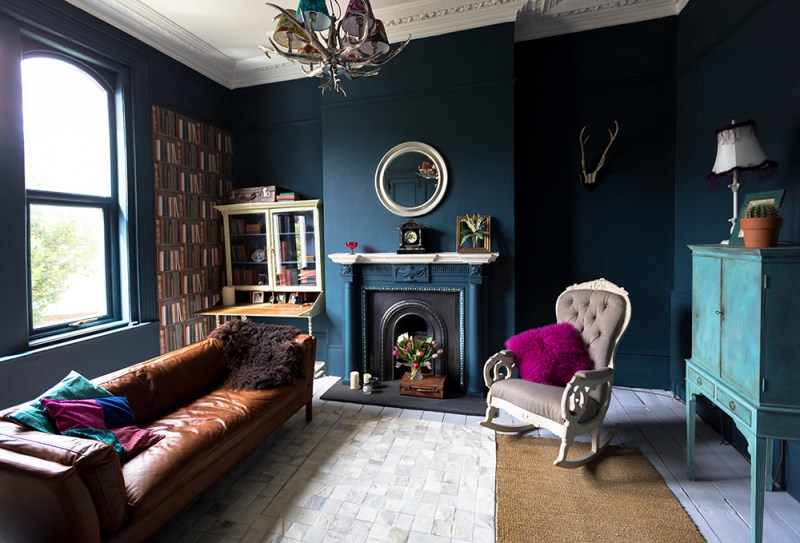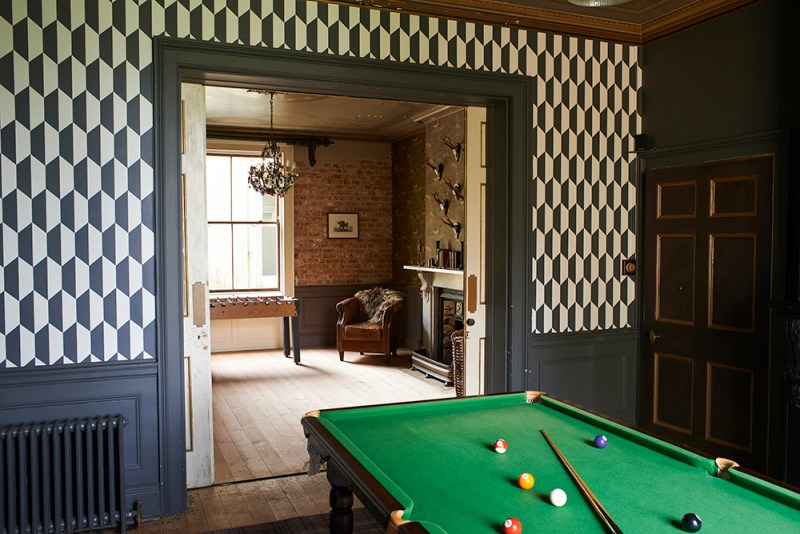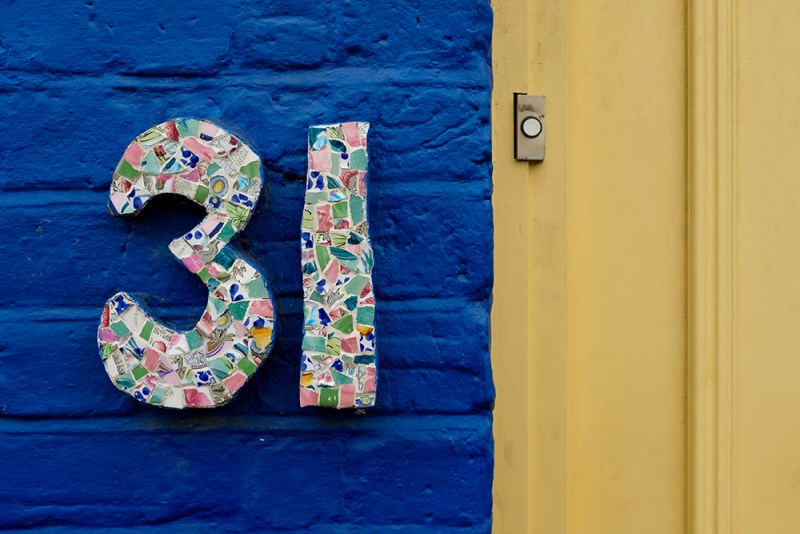
Our home is where our heart is. It is more than a structure composed of several rooms. It is a sanctuary that reflects our individuality and story. A well-designed interior not only improves our mood, but it also bolsters productivity and enhances room functionality.
They say design trends come and go. Looking back at the last decade of pared-down design, it’s clear we were due for a revival of 1980’s opulence in our lives. Maximalism is the Millennial’s answer to simple styles such as Scandinavian and minimalism. If you love “stuff” or want a more personal or over-the-top approach to interior design, this is the style for you.
Don’t get us wrong, though. Maximalism does not mean hoarding tons of stuff or creating more cluttered spaces. Below, we’re going to tackle everything you need to know about the style, from its core tenets to tips on how to achieve maximalism in your own home.
Related Guides
- Designing a Minimalist-Style Home
- Nailing Scandinavian Style at Home
- Tips to Achieve Rustic Style
- Men’s Apartment Essentials
- Best Furniture Brands
Principles

The name may be new to interior design but the ideas behind maximalism have been around for centuries. While minimalism is defined by the motto “less is more,” maximalism goes in the opposite direction declaring “more is more.” This reactionary movement says “no thank you” to pared-down spaces and yes to filling your home with chunky furniture, plenty of patterns, layered textures, and lots of bold colors.
At its core, maximalism takes its cue from styles like Art Nouveau, the opulent ‘80s, and even the runways of high-end couture fashion. The key difference with this new wave of abundance in décor is that it thrives on being eclectic. In a maximalist home, you’re allowed to mix snakeskin with tiger prints; geometric patterns with leafy naturals; and bronze is allowed to be in the same space as silver. But you can’t just throw things together and hope it all works. The trick to getting this style right is curating. Carefully curating your pieces, collections, and artwork will make your space go from chaotic to polished.
There are a few guidelines that can be followed in order to make your space look intentional. Along with things like mixing patterns and textiles, multiples are important. If the idea is “more is more,” don’t just place two candlesticks on your fireplace mantle, go all out and deck it out with twenty. Fill your walls with as much artwork as they will hold. Think your living room is complete with one statement chandelier? Think again — put up two or three. As long as you consider how the pieces will work together, you can fill your home with anything that brings you joy.
In order to achieve visual balance, which is necessary for a busy style such as this, be sure to pay attention to scale. A long sofa should be paired with a long coffee table. Keep furniture at roughly the same height. Visual balance can be achieved by pairing low-back chairs with shelves and artwork that go up to the ceiling. The placement of furniture can create visual symmetry as well. If you have a large headboard in the master bedroom, balance it with a large piece of artwork on the opposite wall. These steps are what will make your space feel cohesive and thoughtful rather than chaotic and sloppy.
Architecture

Maximalism is very much an interior style and has not (yet) seeped into the architecture world. However, it is easy to extrapolate how this look would translate to the structural aspects of the home. When you want to get an idea of what a maximalist home might be like on the outside, inspiration can be gleaned from avant-garde architects like Frank Gehry or extravagant design movements like Art Nouveau.
A master of blending gentle curves with sharp straight lines, Gehry’s buildings seem to take on a life of their own. This over-the-top approach is easy to translate into your own home. While you can’t necessarily make your home appear to be melting, you can add on architectural elements to create some visual interest. Paint your front door a bold color, add a funky mailbox, or put up some whimsical shutters. On the inside, you can install decorative corbels
Art Nouveau loves a colorful mosaic and that is an easy weekend project that will add a ton of interest to your space. Spice up your entryway floor or outdoor patio space. You can even create custom backsplashes in the kitchen or tile your shower. Head to home improvement stores and ask for discarded pieces that are broken and can’t be sold. Smash them up a bit more and you’ve got exactly what you need to create a one-of-a-kind mosaic detail.
Furniture, Colors, Patterns
Maximalism’s flexible rules mean that when it comes to furniture, you can fill your home with what you love. Want a wingback chair next to a streamlined sofa? Go for it. Have your eye on that Greek revival credenza and glass mid-century modern coffee table? According to maximalism, they make the perfect pair. Again, the key to nailing the look is to carefully curate your pieces a little at a time. The whole point of this style is to have a home of things you love– those that bring you joy and are filled with happy memories. Take time to really scout out accessory items like side tables, lamps, and bookcases. If you love it, there is a place for it in your home.
Colors and patterns are where your maximalist look will truly come together. Pick a color tone — faded, bold, or somewhere in between and stick with that. Let that be the thing that ties your pieces together. A variety of colors can be paired together as long as they are the same level of saturation. Once you know the intensity of color you want for your space, put up a funky patterned wallpaper that is multi-colored. A large repeating pattern, like Serena & Lily’s “Palmetto,” is best and will help to define the colors and patterns for the rest of the design.
Once your walls are set, start bringing in accent pieces that play off those colors. Throw pillows, curtains, and area rugs can each have their own patterns and should also be a variety of textures. Maximalism isn’t a style that can be rushed, so take your time to make sure each piece you bring in adds to the décor.
Notable People

Because maximalism is relatively new to interior design and has an ever-evolving look, we are still waiting to see who will become king or queen of the movement. Stylist Johnny Wujek is making a great case for his crowning. He may be a costume designer by trade (he is Katy Perry’s go-to guy), but Wujek’s design for the “extra” half of the “So Extra So Chic” room at The Curtain in London made waves when it debuted in 2019.
Where to Shop
The fun thing about maximalism is that you can find great pieces for the look just about anywhere — from high-end boutiques to your local flea market. Here are a few suggestions of where to look, but at the end of the day, this style is all about you, so go with your gut!
Budget
Urban Outfitters’ patterned rugs
Middle of the Line
Anthropologie
High End
Now is the time to go big with a statement piece to anchor your room, and CB2




